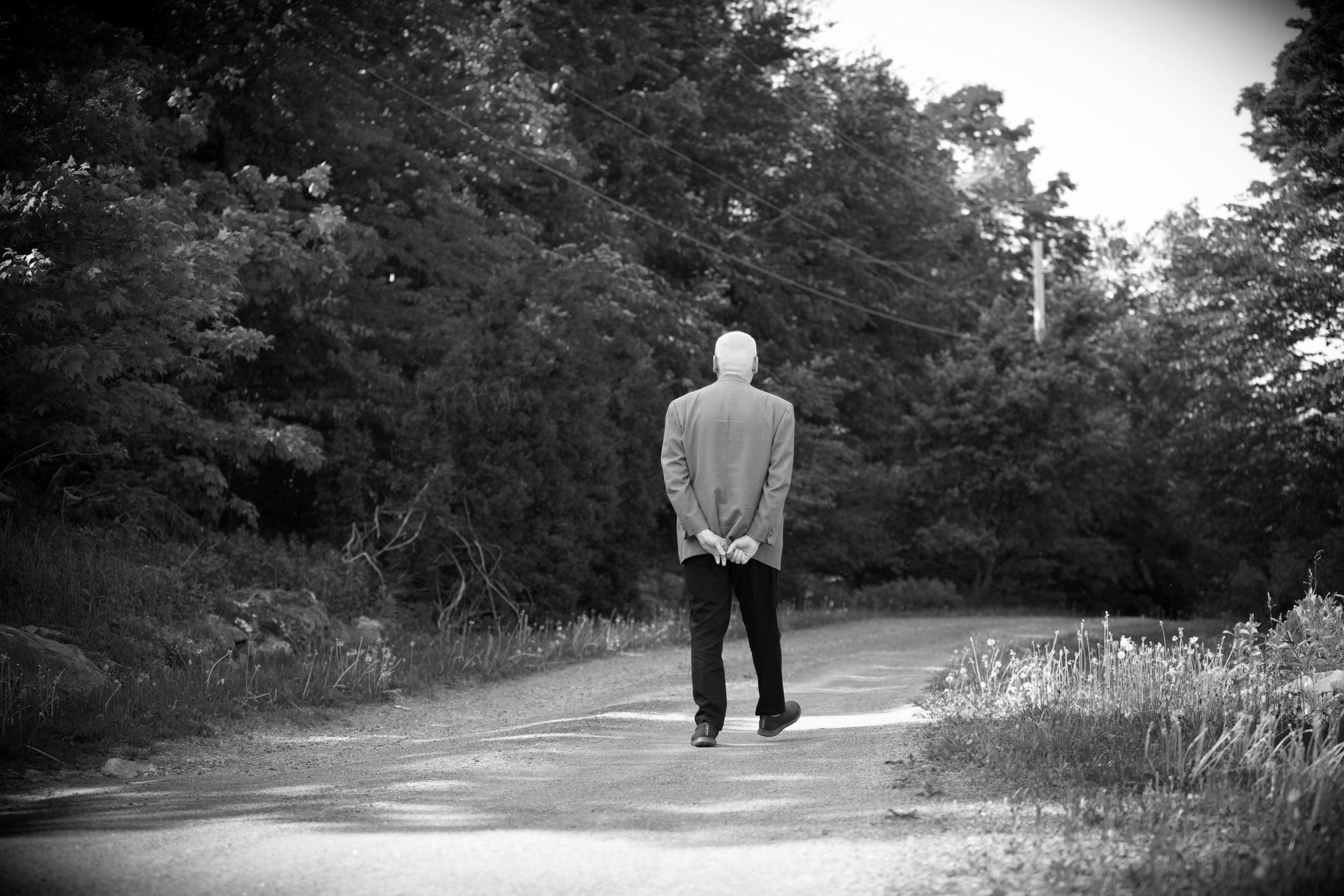
BLOG
- Attachment Issues
- Coronavirus
- Couples Therapy
- Extramarital Affairs
- Family Life and Parenting
- How to Fight Fair
- Inlaws and Extended Families
- Intercultural Relationships
- Marriage and Mental Health
- Married Life & Intimate Relationships
- Neurodiverse Couples
- Separation & Divorce
- Signs of Trouble
- Social Media and Relationships
- What Happy Couples Know
Emotional Triangulation in Relationships: When the Third Isn’t an Affair
There’s a growing trend in couples therapy that highlights a subtle but powerful dynamic eroding intimacy: emotional triangulation.
Not the classic love triangle or secret affair, but the kind of triangulation that enters quietly through work, children, digital distractions, or even grief.
This emotional third isn’t a person.
It’s a force that takes up space in the relationship—drawing attention, emotional energy, and connection away from the couple.
Think: the demanding job that becomes a silent spouse, the child who mediates all communication, the phone that receives more eye contact than your partner.
Even therapy itself can become a third, deflecting intimacy rather than fostering it.
Attachment-Informed Differentiation: Why Your Inner Child Needs a Hug—Just Not While You're Throwing a Lamp
Once upon a time in the land of couples therapy, two tribes staked out opposite hills.
On one hill stood the Attachment People, holding up a sign that read: “Safety first. Then everything else.”
They believed relationships should be a haven—soft landings, secure bases, nervous systems synchronized like a duet.
On the other hill stood the Differentiation Folks, their banner flapping in the wind: “Grow up. Don’t lose yourself just because you’re in love.”
These were the disciples of David Schnarch, preaching self-definition, holding still while your beloved has a meltdown, and not chasing them through the house just because they’re withdrawing.
And for a long time, it seemed, therapists had to pick a hill.
But now, in a plot twist that would please both evolutionary biologists and couples therapists with a sense of humor, we’re watching a merger.
Why Cognitive Mapping Therapy Works (And What It Pushes Against)
Let’s name the system: you live inside a machine designed to keep you emotionally dysregulated—so that you consume more. This isn’t conspiracy.
It’s Limbic Capitalism: the commercialization of your fear, grief, shame, and longing (Schüll, 2012).
When your nervous system is constantly pinged by:
Ads that whisper you’re not enough
Influencers who sell “authenticity” like it’s a handbag
A culture that pathologizes stillness and prizes performance
…your thoughts stop being yours. Cognitive mapping helps take them back.
Between the Couch and the Mattress: Rebuilding Trust in Marriage and Family Therapy
Marriage and Family Therapy (MFT) in the United States began with a radical premise: that individual suffering is often a symptom of relational dynamics.
A child’s anxiety might reflect their parents’ conflict. A couple’s distance might echo generational silence. MFT was created to see the whole picture.
And it still does—when it’s at its best.
But even good ideas age.
Over time, they accumulate bureaucracy, blind spots, and habits that no longer serve. This isn’t an indictment of the field. It’s an invitation to care about it enough to be honest.
Below are the most pressing concerns in American marriage and family therapy today, drawn from real research, not cynicism. Let’s walk through them—and imagine what a stronger, wiser profession might look like.
Post-Therapy Plateaus: How Couples Maintain Progress After the Breakthrough
“We did the work. We cried. We repaired. Now what?”
For many couples, therapy ends not in collapse or triumph—but in a strange, quiet plateau.
They leave the therapist’s office with a set of tools, a few shared phrases (“is this a protest behavior?”), and maybe even a laminated communication card.
But in the months that follow, the intimacy starts to dull like a kitchen knife used without sharpening. The rituals fade. The conflict patterns sneak back like raccoons through a back fence.
Welcome to the post-therapy plateau.
This under-discussed stretch of time—after therapy ends but before change is fully lived-in—is becoming a serious topic of inquiry among relationship researchers and clinicians.
And the best minds in the field are starting to ask: How do couples keep growing when the therapist isn’t in the room anymore?
Love Languages Are a Useful Lie (And Why We Still Use Them)
Once upon a time, a kind Southern Baptist marriage counselor gave us a miracle. It had 5 parts, it came with a quiz, and it fit on a fridge magnet.
We called it The Five Love Languages.
You know the types.
Words of affirmation.
Acts of service.
Receiving gifts.
Quality time.
Physical touch.
Chapman’s premise was simple: if we can just speak each other’s “language,” we’ll finally feel loved.
And like many simple ideas, it went absolutely feral in the wild.
Rethinking Esther Perel: Eroticism, Infidelity, and the Limits of Paradox
Esther Perel’s name now floats effortlessly into dinner party conversations, TED playlists, and therapy sessions.
She didn’t just write books—Mating in Captivity and The State of Affairs—she coined a worldview: one where eroticism is a dance of mystery and safety, and infidelity is reframed as a quest for lost selfhood. It’s seductive stuff.
But even seduction has its limits.
This post offers a clear-eyed, gently skeptical reexamination of Perel’s influence.
What do her ideas unlock? Where do they falter?
And how can therapists use her work without being dazzled by the sparkle and missing the substance?
Linda Metcalf and the Power of Possibility: A Research-Backed Therapy Model for Neurodiverse Couples
Therapy, for a lot of neurodiverse couples, can feel like trying to dance to a song only one of you can hear.
One partner may want to analyze every emotional tremor, while the other just wants to know: “Can we fix this?”
And when therapy insists on peeling back childhood trauma in candlelit tones, it can feel more like emotional homework than healing.
That’s why Linda Metcalf’s elegant blend of Solution-Focused Brief Therapy (SFBT) and Narrative Therapy is such a refreshing alternative.
It meets people where they are—and then walks forward with them.
And now, thanks to a 2021 study by Parker and Mosley, we can say with confidence that this approach doesn’t just sound good—it works.
Especially for couples where neurodivergence plays a central role in how love, conflict, and connection show up.
Let’s explore how Metcalf’s approach works, and what the research tells us about why it’s so effective.
Stage Four: Rapprochement – Come Closer, But Don’t Disappear This Time
“I want to be close to you again—without giving myself up to do it.”
If Symbiosis was romantic intoxication…
And Differentiation was the hangover…
And Exploration was wandering off to rediscover your footing…
Then Rapprochement is the conscious, courageous return to one another—this time as full, breathing adults.
In the Bader-Pearson developmental model, Rapprochement is where two differentiated people choose to reconnect—not through fantasy, dependency, or emotional fusion, but through mutual recognition and earned intimacy.
Stage Three: Exploration – We Still Love Each Other, We Just Don’t Do Everything Together Anymore
“I’m going to the cabin alone this weekend.”
“That’s okay. I have no idea what I want to do—and that feels oddly exciting.”
Welcome to Stage Three of the Developmental Model of couples therapy: Exploration—also known as Practicing Independence. This is where the couple starts breathing again, often for the first time since the relationship began.
It’s a stage that feels like drifting, but it’s actually differentiation in motion.
This is where each partner experiments with who they are outside the couple—without leaving the relationship.
For many midlife couples, especially those rediscovering themselves after raising children or surviving emotional fusion, Stage Three is where vitality reenters the room.
The Four Horsemen of Emotional Fusion: How to Spot and Stop Merging in Marriage
“I don’t know where I end and you begin… and honestly, I haven’t peed alone since 2007.”
Welcome to middle-aged marriage in the age of therapy speak and meme logic, where emotional fusion sometimes wears the clever disguise of intimacy—and then slowly chokes it.
In this post, I’ll explore the Four Horsemen of Emotional Fusion—those well-meaning but intimacy-eroding habits that sneak into long-term relationships and replace differentiation with silent resentment and matching fleece pajamas.
This isn't about drifting apart. It’s about how getting too close in the wrong way can be just as toxic as growing distant.
Let’s diagnose the problem with science, and just enough sarcasm to make it palatable.
Stage Two: Differentiation – You're Not a Monster, You're Just Not Me
“I used to think we were soulmates. Then you said you don’t like road trips, and now I’m questioning everything.”
Welcome to Stage Two: Differentiation, the most misunderstood and underappreciated phase of relationship development—and the one most couples never make it through.
After the cozy glow of symbiosis, where differences were minimized and harmony was prized, differentiation hits like a cold gust of emotional honesty.
Suddenly, your partner doesn’t want what you want, doesn’t feel what you feel, and—perhaps most upsettingly—doesn’t exist solely to regulate your nervous system.
It's not the end of love.
It's the beginning of real intimacy.











